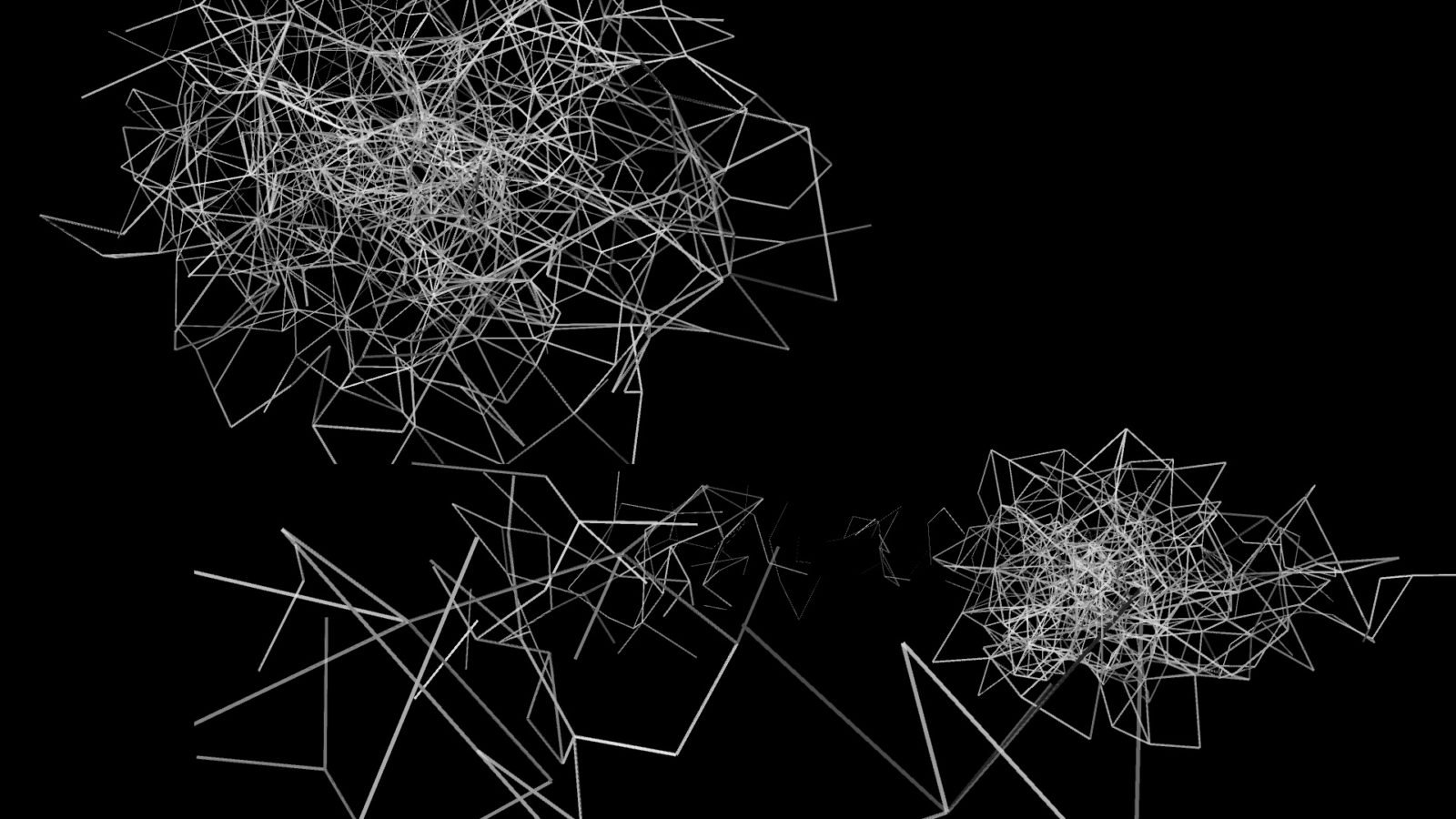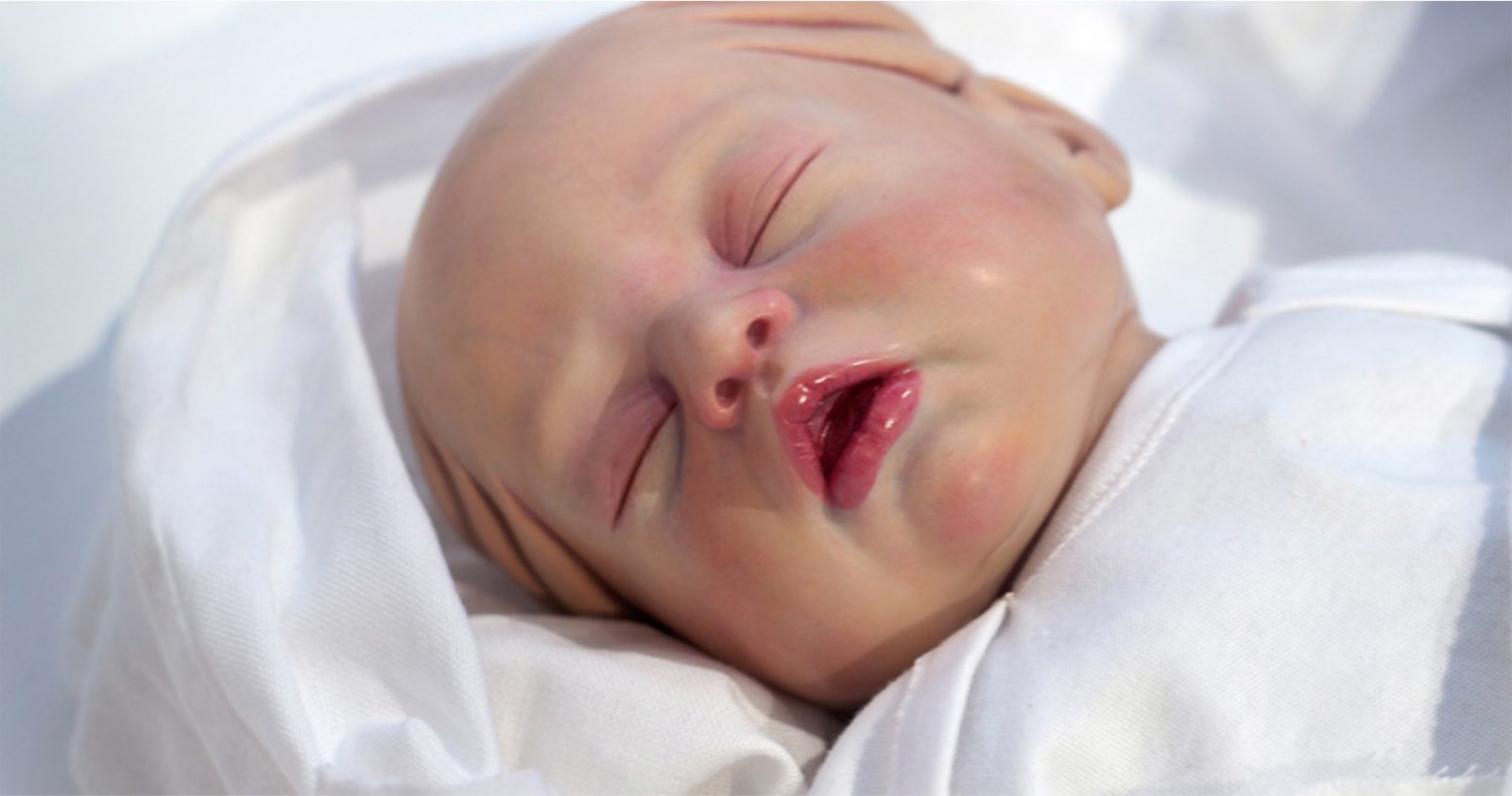Meet Josh.
He’s 18. He might live in Adelaide, and he might look, talk and move like someone you know. Modelled after a real person, Josh invites you to consider what makes us human versus machine.
Is he a machine? Is he human? Is he a machine based on a real person or a person replicating a machine?
Artificial intelligence is often presented as either good (robots will save us) or bad (robots will kill us) but the reality is more complex, more mundane, more nuanced.
Josh is here to help you think about your own future, how it relates to machines, and ultimately, what it means to be you.
Under the skin
Josh’s silicone skin hides 14 small motors known as servos, that control his every expression. As Josh speaks, the motors move to match his words, giving him the most human-like facial expressions possible.
Teaching Josh to match his facial expressions and speech took some work. A prosthetic artist used a controller, much like the ones used to play video games, to manually move each individual motor in the face. These movements were then recorded and matched to audio patterns called phonemes, which allow us to distinguish between individual sounds in words. With each movement matched to each phoneme, Josh is able to convey a wide variety of micro-expressions and emotions as he speaks, just like humans.
Discover more
Watch
Read
The 10 Biggest Challenges Facing Robotics, Australia’s Science Channel, February 2018.
Code
See the code that runs Josh.
Credits
- MOD. Creative concept
- Marshall Tearle Mechanical & physical build
- Sandpit Electronics & Programming


